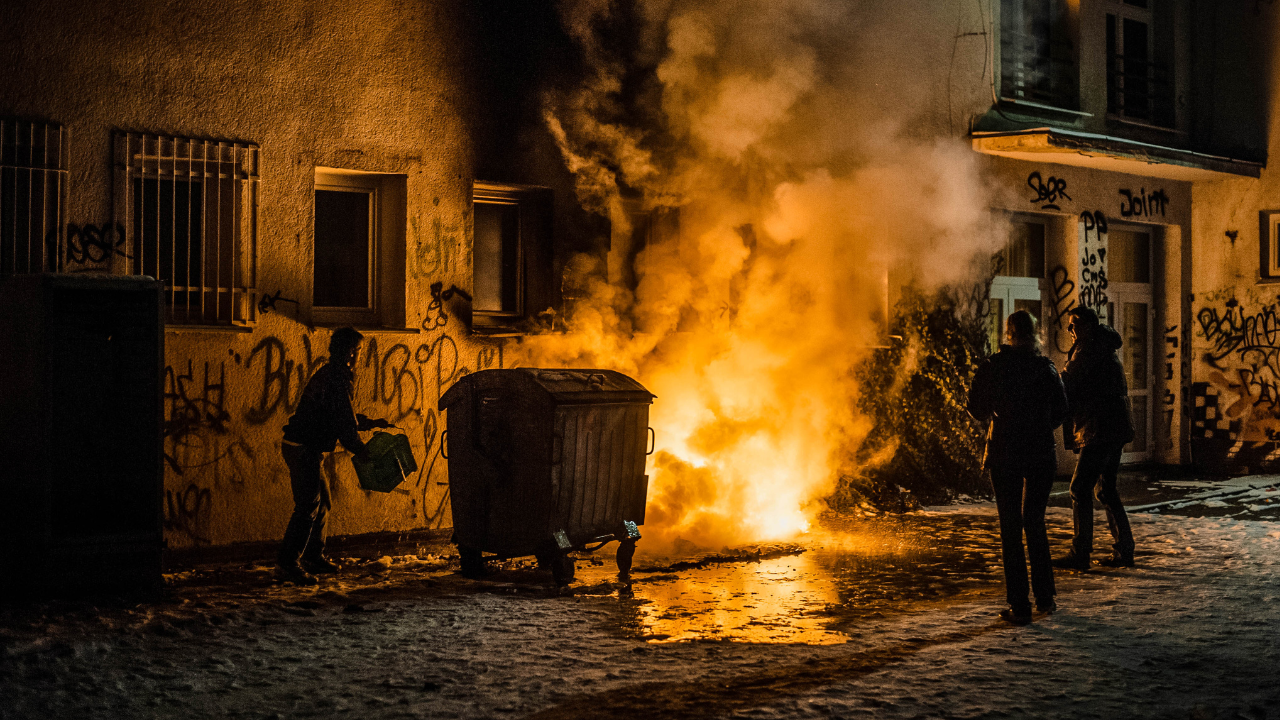Date first published: 16/09/2025
Key sectors: all
Key risks: civil unrest; disruptive unrest; political violence; violent clashes;
Risk development
On 8 September ‘Gen Z’ student-led protests mobilised tens of thousands of people countrywide, triggered by a ban on social media activity – widely seen as authoritarian overreach. Protesters repeatedly clashed with security forces and police opened fire on protesters with live ammunition, with over 70 people killed and thousands of others injured. The police response fuelled further violent protests on 9 September, with protesters storming and setting fire to government buildings and businesses linked to politicians, including the residences of former prime minister KP Sharma Oli and other officials.
While the unrest was triggered by the social media ban, it reflected deep-rooted and persistent grievances, including systemic corruption, nepotism, socioeconomic inequality and youth unemployment, with social media functioning as a critical instrument for organisation, mobilisation and political engagement.
Why it matters
The social media ban implemented on 4 September was lifted just five days later, on 9 September. On the same day, former prime minister KP Sharma Oli resigned, plunging the country into a power vacuum and heightening political uncertainty. Following days of protests, on 12 September former chief justice of the Supreme Court Sushila Karki, was appointed interim prime minister after being endorsed by protesters. Renowned for her anti-corruption record, she now faces the dual challenge of maintaining national stability and preparing for the upcoming elections scheduled for 5 March 2026.
Although the immediate trigger was the ban on social media platforms, the unrest reflected far deeper grievances. ‘Gen Z’ protesters across the country have mobilised against entrenched corruption, calling for greater transparency and accountability from government officials. A prominent feature of the demonstrations has been the widespread use of the #Nepobabies trend across social media platforms, through which protesters highlight the privileged lifestyles of politicians’ families – funded by public resources – in stark contrast to the hardships faced by ordinary Nepalis.
Background
On 4 September the government implemented a ban on 26 social media platforms – including on Facebook, YouTube and X – citing non-compliance with newly enacted registration and oversight regulations. The ban triggered outrage among the ‘Gen Z’ population – reliant on these platforms for communication, news, commerce and remittances.
The situation drastically escalated when an 11-year-old schoolgirl was struck by a government convoy on 6 September and was left without receiving any assistance. By 8 September, 19 people had been killed and over 400 others were injured – marking the beginning of several days of deadly unrest.
Since the abolition of its monarchy in 2008, the country has experienced ongoing political and economic instability. However, the scale and intensity of the recent violence is unprecedented. Driven largely by ‘Gen Z’ youth, a demographic far more inclined to demand transparency and reject corruption than previous generations, the movement reflects strong and enduring calls for reform.
Risk outlook
Following the swearing in of former chief justice Sushila Karki on 12 September, the country is now preparing for new elections in six months – on 5 March 2026. Public expectations hinge on the implementation of substantive reforms to address longstanding grievances. While the key demands include the now-enacted lifting of restrictions on social media platforms and an end to corrupt practices, the latter will require proper reforms if the government is to prevent a resurgence of violence. The protesters are unlikely to retreat without substantive change.
These protests also highlighted a broader trend of ‘Gen Z’-led political activism in Asia, mirroring recent events in Indonesia, Bangladesh, Sri Lanka and East Timor. The movements are not isolated as youth activists are learning from each other across countries, demonstrating a new style of political engagement where digitally connected and socially conscious youth challenge traditional power structures.
The security environment remains highly unstable in the country, with renewed violent protests highly likely in the medium-term in the absence of meaningful reforms. Unrest could also spread to other countries in the region.

